
|   |

|   |
Navarasa Sadhana phase 4 - An emotive tapestry - Bindu Rajendren e-mail: bindu.kaisiki@gmail.com September 24, 2021 Can one experience the multiplicity and complexity of human life in 15 days? Yes- if you are one of the lucky ones who has completed Navarasa Sadhana Phase 4. Guru Venu G is a maverick. The ingenious creator of Navarasa Sadhana is a legend in his field. Relying on foundations given by Bharatha in the Natyashastra, Guruji has devised a unique pedagogy to train dancers and actors from any performance style and background to experience and evoke the nine emotions - Navarasa - to enhance emoting abilities. As the title indicates, this pedagogical method is an immersive discipline - sadhana - that requires complete surrender of oneself to the experience. 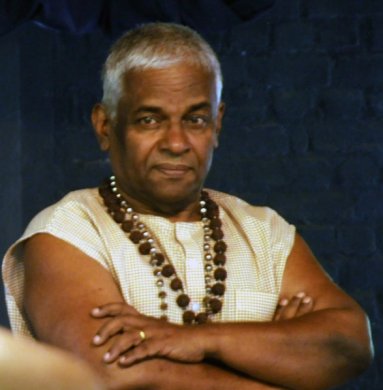 Venu G In Natyashastra, the term rasa refers to an aesthetic essence and experience of a sentiment that is an essential part of any visual, literary, or performing art. It is very personal, akin to the complete sensorial experience of eating food. Rasa within the framework of performing arts is the cumulative result of vibhava (stimulus, cause), anubhava (involuntary reaction and experience through the body), and vyabhichari bhava (voluntary reaction, fleeting emotions, and states). This understanding elucidated in the shloka 'Vibhavanubhava vyabhichari samyogad rasa nishpatih' from the Natyashastra is the underlying basis for experiencing deep emotions within Navarasa Sadhana. 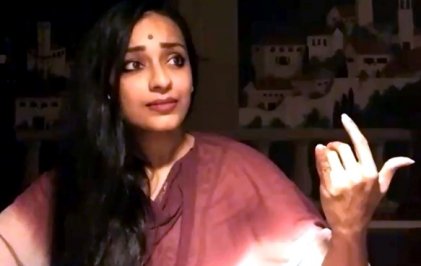 Sruthi Mohan, Mohiniattam dancer and dance curator 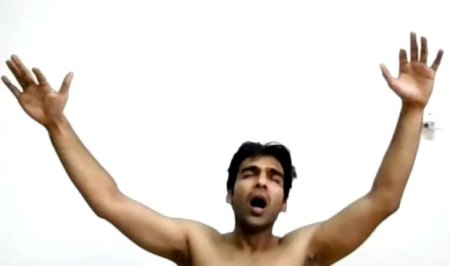 Prateek Sultania, actor Having completed three phases of Navarasa Sadhana, I thought I had a good idea of what to expect in Phase 4. However, when we were asked in the very first session to improvise on a specific vyabhichari bhava, I knew we were up for some intensive experiences and emotional explosions. I watched my cohort responding through various vyabhichari bhavas: a young wife's nervousness while learning to ride a bike, a woman's experience of cervical cancer, an agitated woman in road rage - life experiences translated through performance and enactment. I empathised with my cohort in this lived experience of another. I experienced anguish and self-pity for a wasted life when my partner came out and openly voiced his sexual orientation; jealously mocked a relative showing off on Facebook and portrayed the effects of alcoholism on the lives of many families. I cried till there were no more tears to shed, laughed till my jaws hurt, and empathised in another's pain till my heart felt heavy and had to look away. These were my imagined yet real experiences framed with the structure of performative experience. In Phase 4, as with the previous Navarasa Sadhana phases, each of the nine rasas was explored individually. We engaged with the sthayi bhava (resident emotion) whilst many transitory emotions appeared as visitors and then disappeared, sometimes to again reappear. 15 days of the online Navarasa Sadhana Phase 4 was about extending our experience with emotive expressiveness. Guruji's pedagogic style encourages understanding of emotive expressiveness as an extension of experience through body language, speech, breath, movement, and emotions. Each of the participants embodied this using a personal approach; while one participant used speech, another used mime. This process, in my opinion, allows the audience (in this case my cohort) into a performer's experiential space through immediacy (being in the moment) and allows them to think, thus dissuading them from just being bystanders of the experience. Observing and watching the multiplicity of perspectives of the same vyabhichari bhava is a key part of Guruji's pedagogic style to stimulate learning. Watching my cohort perform excited and inspired me. At times it elevated me to being a connoisseur of the rasa and revel in being in the present. 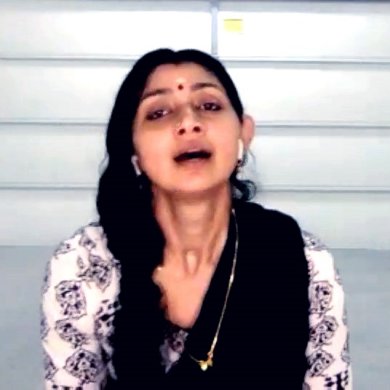 Divyaa Unni, Bharatanatyam dancer and actor 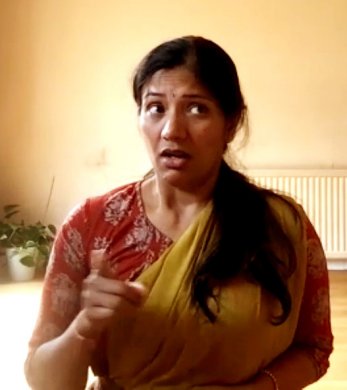 Divya Kasturi, Bharatanatyam and Contemporary dancer
Behold Behold this tree Embodied of movement mighty A whimsical poetry Of calm stability She dances With the wind and rain She serenades The bees and ruddy spine tails Roaring out from the depths of this earth A million stories she wishes to sing But you with a swipe Leave her spineless and breathless She is infinite wisdom and grace A supreme creation dipped in purity She breathes for you And me and for entirety The elixir of nectar in her flowers and fruits A new beginning in her seeds of longevity Behold this mighty tree Until our eternity The safe space gave each one of us the freedom to speak out against issues, particularly in the area of social justice. In a sense, it gave us permission to 'just be' and rehearse and revel in our inner turmoils and victories with the outside world. It became a space where we could wage a war that we could win. In this state of total abandon, we are able to get lost in the character and operate from a deeper core that connects to the emotions of the character. By letting emotions 'happen', we are able to discover its many facets and possibilities within the structure of a performance. We are able to activate and build on the sensory and physical lessons learnt in the previous three phases and connect them back to experiences from everyday life to embody the character being portrayed and present them wholistically. Guruji's teaching is non-judgemental and without corrections. He watches us with intent but creates a safe and supportive space to experiment and experience. I have experienced extreme emotions in this session of Navarasa Sadhana that I never thought I would express in a public space. By relying on the actor training methodology elucidated in the Natyashastra, Guruji has created an unconventional pedagogy in actor training that cannot be experienced in any contemporary acting school or theatre. By juxtaposing the structure of the vyabhichari bhavas with the organised chaos of wild imaginations, Navarasa Sadhana Phase 4 is highly complex and multi-layered. It was possibly the most difficult amongst the four phases I have done under Guruji's guidance. However, it allowed me to harness a better version of my abhinaya vocabulary. It offered me the opportunity to untangle layers of emotions within the framework of the navarasa whilst still somehow retaining the complexity of the emotions. The whole process felt like untangling separate yarns only to use them again to weave a beautiful tapestry that shone in its raw beauty and fertile rawness. Guru Venuji is the weaver and, in silent contemplation, lets his students weave the threads of emotions into a beautiful tapestry that shines in a multitude of colours. There is no right or wrong in this pattern, only a varied, rich, and colourful experience of life. 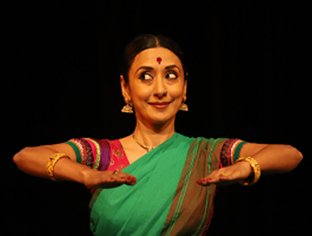 Bindu Rajendren is a Mohiniattam practitioner from Brisbane, Australia. A wandering mind and a dancing body help her to indulge and experience her passion for life. |